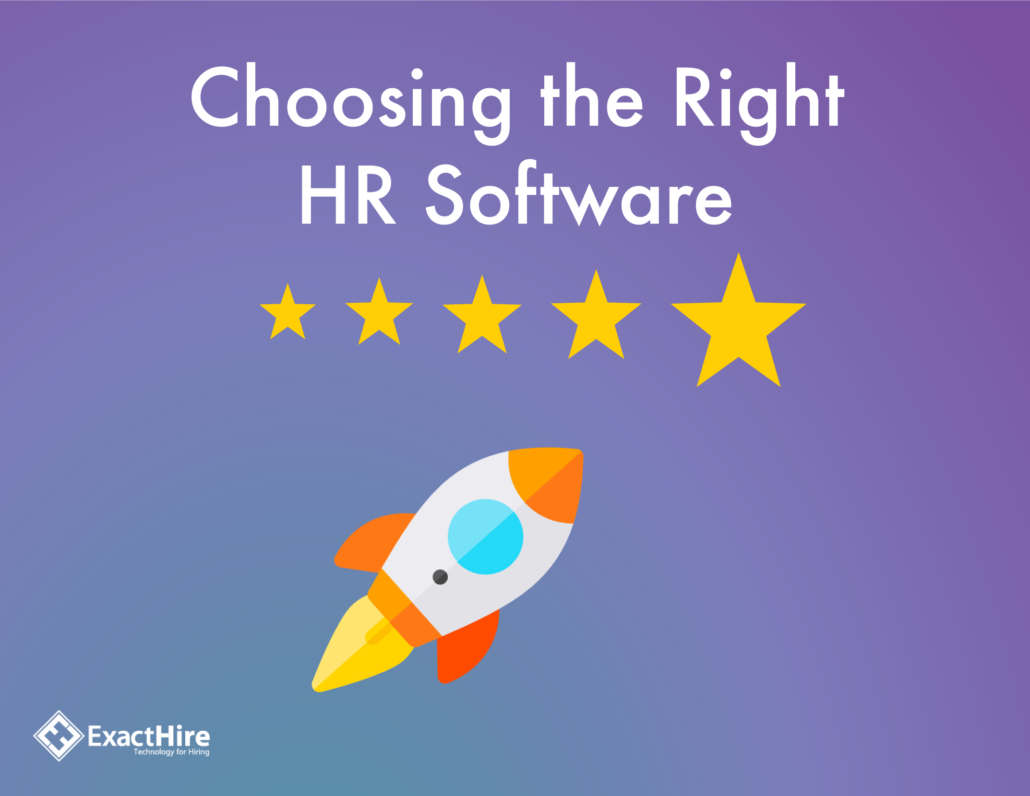Recruiting Ideas for Low Wage Workers
Prior to the pandemic, most people used terms like “essential worker” to refer to healthcare workers, police and other first responders. 2020 changed our perceptions of what we think of when we consider jobs that are indispensable to the functioning of our society. It also changed the perceptions the people who work those jobs have of themselves and the roles they perform.
From the pre-pandemic issues surrounding low-wage workers to the effect COVID has had on our perception of them (and to the Great Resignation that’s fueling their exodus from essential jobs), companies are struggling to find innovative ways to recruit for these vital positions.
Who Are Low Wage Workers?
Before executive orders deemed them essential, grocery store workers, delivery drivers and manufacturing workers were more likely to be referred to collectively as “low-wage workers.” And they weren’t always given much respect.
One study found that restaurant workers—hard hit financially because the pandemic caused them to lose their low-wage jobs—endure the most sexual harassment. Another study on working conditions in the U.S. in 2015 found that nearly 20 percent of workers were “exposed to a hostile or threatening social environment.” In other words, these workers were routinely disrespected.
But the tables turned when COVID-19 brought the country to a screeching halt and sent millions to their homes to isolate.
Empty toilet paper shelves and daily home deliveries became the picture of the pandemic for many white-collar workers. The previously invisible mechanisms and supply chains of a smoothly running society were exposed. For the first time for most, Americans couldn’t count on being able to buy the necessities they previously took for granted.
The low-wage workers who had been keeping the supply chain operating were rebranded—rightly—as essential workers. And while state legislatures fervently hashed out which specific businesses were, in fact, essential, everyone readily agreed that those who were stocking shelves and delivering orders were working for the public good.
Fast forward to 2021, your business may be having trouble filling positions with these “low-wage” workers. Corporations like Amazon, Walmart, and Chipotle are addressing their labor shortage by ramping up their average wage to $15 an hour. Most small businesses simply can’t afford to pay their workers that kind of salary. If your candidates are flocking to work for the big box stores, it’s time for you to find creative ways to recruit hourly employees and warehouse workers.
Recruit Low Wage Workers
The key to attracting great low-wage workers is the same as for every other open position: identify what motivates your ideal candidate.
Low-wage workers want the same work and life balance as the rest of the workforce. But their obligations may look a little differently. They are more likely to have trouble finding reliable daycare. They’re more likely to require the day off if their child is sick.
Parents of low-wage workers are also less likely to be independent. These workers may need to take their aging parents to appointments or perform other caregiving duties for them. In the past, rigid employers weren’t understanding when they needed time off to care for family.
Low-wage workers are also more likely to experience financial insecurity. Lack of health insurance and affordable housing means these workers are more likely to live paycheck to paycheck. Employers that are recruiting laborers can help by providing better benefits and perks that reduce their employees’ out of pocket expenses.
Low-wage workers deserve respect. Always. Despite their status as “essential,” many low-wage workers bore the brunt of America’s frustrations. Rude or even violent customers lashed out at helpless cashiers or airline attendants. Going forward, everyone, from customers to managers to business owners, should examine ways to improve the dignity of low-wage labor in their lives.
Creative Recruiting Ideas
Understanding your ideal employee’s needs is one thing. But if you’re among the half of small business owners struggling to find workers, you need recruiting ideas for hourly employees that make you stand apart from your competitors as an employer of choice. And you need recruiting ideas for low-wage jobs that won’t break the bank.
Allow remote work as much as possible. Telecommuting isn’t an option for many low-wage jobs. But you may be able to work it in more than you think. Do your team leads have paperwork or other tasks that don’t require them to be at the workplace? Allow them one day a week to work from home. Even entry level hourly workers can likely complete their training from a laptop at home.
Be open to flexible work schedules. Remember that low-wage workers often have limited options for daycare, medical appointments, and transportation. Work with employees’ family schedules as much as possible. Flexible scheduling may not be convenient for management. But a flexible work schedule can be a low-cost and effective way to attract quality talent.
Offer better benefits and perks. The rising cost of healthcare makes many employers balk at offering better benefits. But your employees and their families still get sick. Find ways to help them with their health-related expenses. Creative recruiting ideas during the pandemic gave rise to low-cost telehealth services that can help employees access preventative care. Likewise, discount plans for dental and eye services are a low-cost way to help your employees save money.
Look for perks that can help your employees save money in other ways. Try increasing the discounts you offer employees for your business’s goods or services. Recruiting ideas outside the box include negotiating special pricing for your employees at local businesses. Cell phone providers or daycare centers may offer your employees discounts at no cost to you.
Recruitment Strategies for Low Wage Jobs
Individual pay and perks are important for attracting and retaining great unskilled workers. But your recruitment strategies for 2021 should include a company-wide approach. Making sure your business is a great place to work will help you attract awesome candidates.
Make your workplace culture as positive and fun as you can. Investing in the morale of your workforce will help you attract energetic hourly workers while also increasing your company’s profitability. With some forethought, improving company culture can be a low-cost recruitment strategy plan to attract great talent.
The most basic thing every small business needs to do is making sure its management staff treats every employee with dignity and respect. Create comprehensive policies that address interactions between management and employees. Invest in thorough training for managers to eliminate workplace harassment and discrimination.
Next, think of creative ways to recognize star performers. Prime parking spaces, restaurant gift cards and even employee of the month plaques will make your employees feel appreciated. Alternatively, address problem behaviors from employees that disrupt the work environment.
Plan social activities for your employees that foster friendship. Workers are more likely to stay at companies where they have formed friendships. Employees can get to know each other if you host a pizza lunch once a month. Plan a company picnic or take your employees and their families to a local baseball game.
When you interview candidates, take them on a tour of your workplace and introduce them to key employees. Let them see firsthand that your company is a great place to work.
Recruit Low-wage Workers with an Applicant Tracking System
Even if you implement all of these ideas, your recruitment strategy will never be as successful as it can be if it isn’t efficient and organized. An applicant tracking system can help you advertise your job openings and increase candidate conversion while collecting valuable data that will help you improve your recruitment process.
With ExactHire ATS, you can post jobs to multiple job boards with a click of a button. From there, a single screen will report performance metrics so you know which sites are most effective for your company. A robust search engine and the ability to sort and assign a status to your candidates will help you find the proverbial needle in the talent haystack.
The data you collect will make your recruitment process more efficient over time. You’ll be able to see which new hires were successful and where you found your best employees. And every year, you can complete your HR compliance reporting effortlessly and accurately.
ExactHire applicant tracking system has built in features that will help you find great low-wage workers, like text recruiting and mobile-friendly applications. If you’re ready to optimize and streamline your search for low-wage workers, contact us today.
Photo by Nathália Rosa on Unsplash






